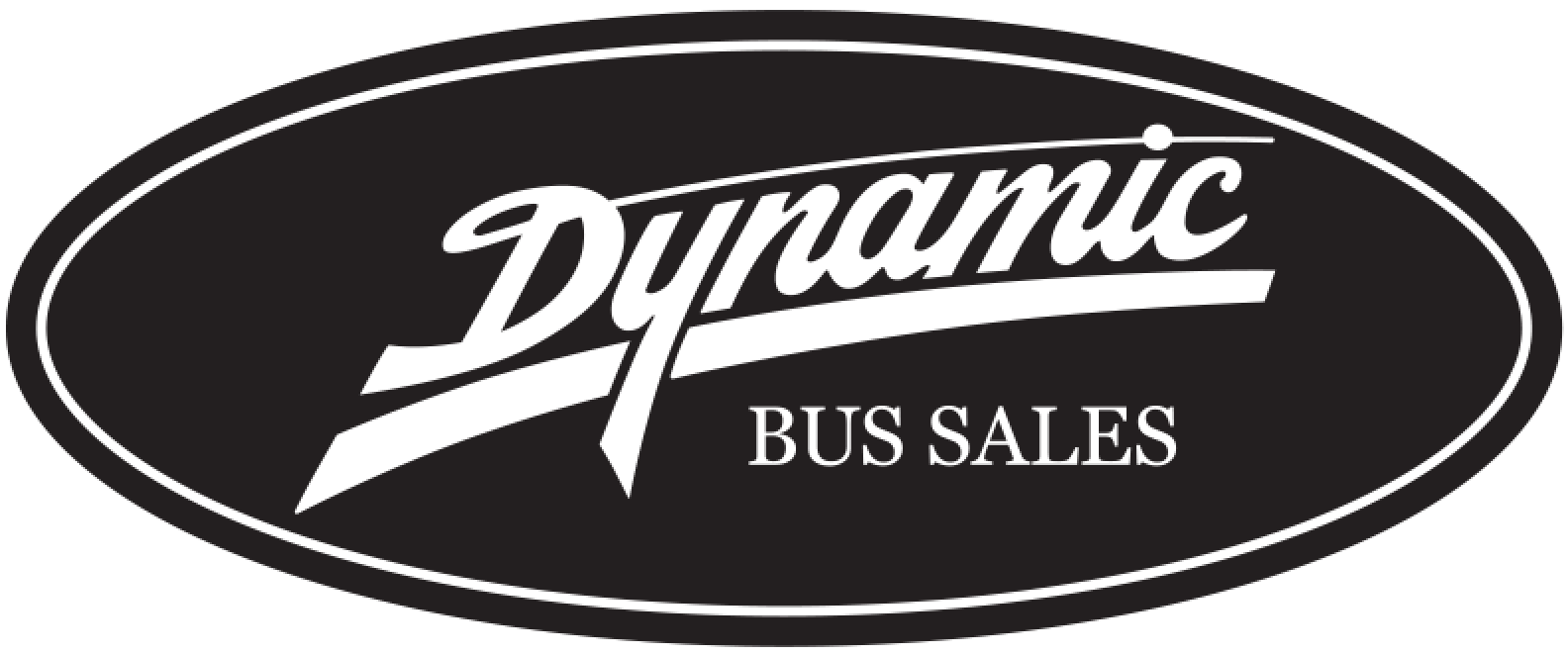What Are Alternate Fuels?
Modern Buses Are Ready For Revised Fuel Choices
We have all spent time on a bus at one time or another, from the classic yellow school bus to city transit buses and long distance transportation buses from one city to another. But gone are the days when we can count on polluting fossil fuels such as diesel and petroleum to power those people moving machines. Local and national governments, environmental organizations, vehicle manufacturers as well as the public are demanding effective environmental and financially responsible alternative fuel solutions. So what is the smart choice to make? Alternative Fuel Buses are the answer.
What Are Alternate Fuel Buses?
An Alternative Fuel Bus or AFB runs on non-fossil fuel. They are often powered by a green technology fuel or hybrid system that combines more than fuel source. Compressed natural gas, propane, electric, bio-fuel, hydrogen, bio-alcohol, nuclear, solar, methane, ethanol, chemical electric batteries & fuel cells can all power vehicles with varying results in octane and emissions. Alternative Fuel Bus Types range in both size and purpose. Some are designed for carrying passengers and others have multiple varied purposes.
Why are Alternative Fuel Buses important to the environment and businesses?
All fuels (Fossil and Alternative) cost money to refine or generate, transport and store at distribution sites, purchase at fueling stations or charging stations, and in the long term to clean up if the refinement process and vehicle emissions contaminate the water, ground, air and flora & fauna of planet. We cannot keep making the same choices and expect a different result. Converting to modern and efficient fuel choices for all vehicles including buses means that in the short and long term costs and environmental effects will be lower for consumers, businesses and governments.
Where do Alternate Fuel Buses get their power?
Alternative fuel powered engines are not as new as we think they are. The Ford Motor Company created a Model T in the 1900’s that could run on ethanol, gasoline or a combination of the two. Henry Ford probably never conceived the notion that modern vehicles would be running on high-tech and high efficiency fuels created from the same vegetable oil he dinner was cooked with. These days electric hybrid, hydrogen, natural gas, solar energy, bio-fuels derived from plants and algae, alcohol based fuels, compressed air and propane are being developed and advanced in an effort to provide the most gas mileage with the least amount of polluting emissions. We have gone from spitting out greenhouse gasses that choke the masses to vehicles that emit water or absolutely nothing at all.
What chassis size works for alternate fuel buses?
Bus chassis types vary for alternate fuel options. From 7 passengers to 51, galley kitchen, bathroom and sleeping quarters, there are endless custom options available for Alternate Fuel Buses. Private and Public use AFB’s can be ordered with special storage solutions, specialty seating and custom finishes for fabric seats, countertops and stabilization grab bars. They are utilized for a broad range of uses and by a wide scope of companies including tour companies, care facilities, hotels, shuttle buses, para-transit, kid kabs, and private vanpools, handicap accessible taxies, private and public educational institutions, emergency services agencies such as paramedic vans and ambulances, transit and charter buses, passenger vans and deluxe limo buses. The buses are customized depending on the service they provide such as bookmobile, bloodmobile, mobile hearing testing, mobile medical and dental services, law enforcement, prisoner transport, onsite security station, mobile offices, research labs, mobile entertainment stage & dressing rooms, touring buses with sleeper cabs, other business ventures and family adventures. Dynamic Specialty Vehicles work with Chevrolet, Ford and Freighliner chassis to provide the quality and reliable performance buyers have come to expect for Alternate Fuel Buses.

